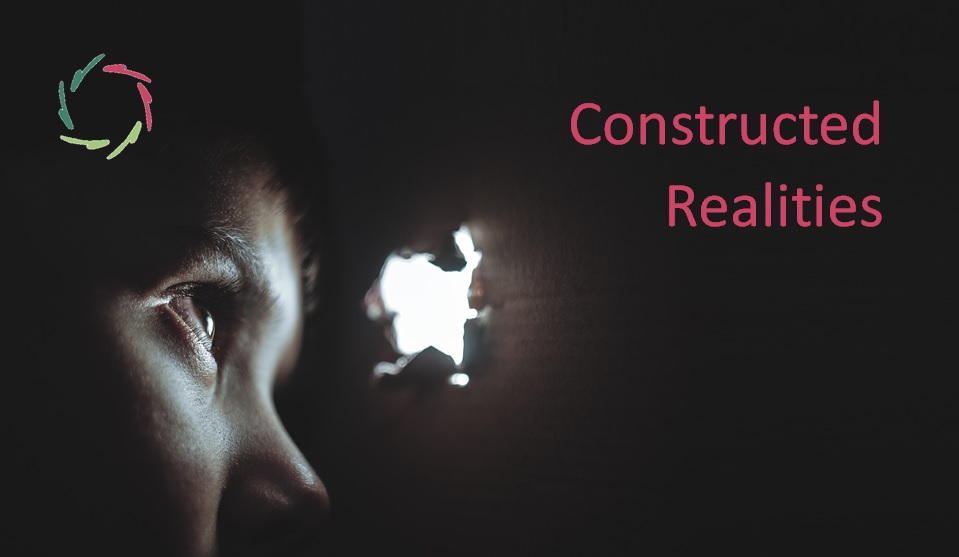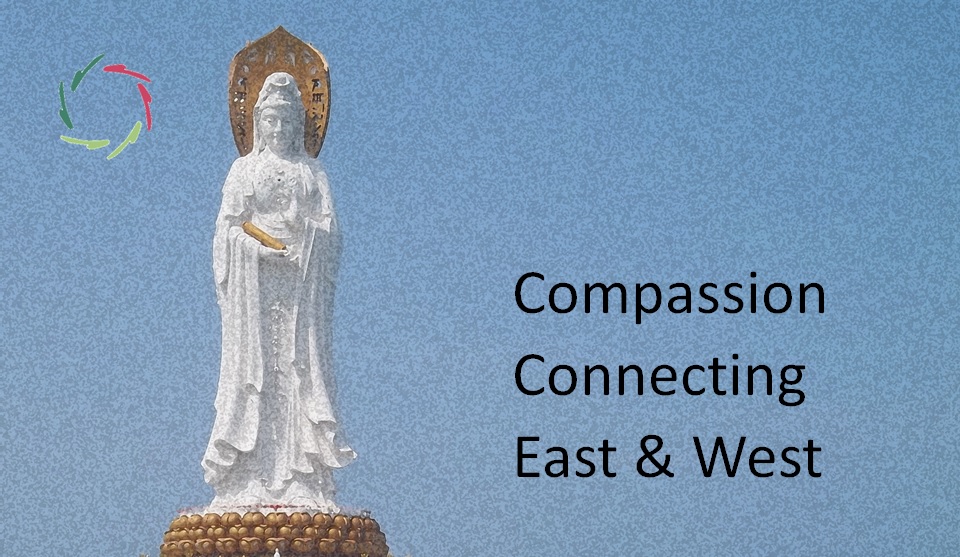Constructed Realities

If this piece makes you feel slightly bad, my advice is to continue reading.
[see also: “Constructionism“]
Matrix?
You may know the movie. People are kept asleep in some ‘real reality’ while in their minds, they are artificially entertained in a world of make-belief. This is a constructed, digital second-life where they get fulfilling experiences. Some of them want real lives, and so their quest begins.
To almost all the inhabitants, this digital world is the only reality they ever know. They don’t see it as constructed. Everyone (almost) is content with the situation because everyone is content without asking deep questions.
The ‘real reality’ is what they awaken to when getting out of the digital one. As said, most never do, prevented by a mental wall.
Voodoo culture
‘Voodoo’ is just taken as an example here.
From a Western rational viewpoint, any voodoo culture seems a culture of constructed reality. There are, in this scheme, many such cultures. Only a culture based on rationality can seemingly make the distinction.
So far, so good. It seems logical.
It is logical.
But with little argumentation, we can state the following:
- Antidepressants have a clinically relevant effect of probably zero. Their purported effect is due to placebo. [see: “Antidepressants on a Plate“]
- Academic leadership training results in no additional level of leadership as measured in vivo. [see: “Leadership not Knowing Which Way to Turn“]
- In human resource management, employees are categorized to the brim. None of this shows to be based on any rationality ― dangerous especially in an age of A.I. [see: “A.I., HR, Danger Ahead“]
- Psychotherapeutic methodologies don’t add to the efficiency of psychotherapy. [see: “Psychotherapy vs. Psychotherapies“]
- Medical double-blind studies are deficient to such a degree that top researchers argue to stop using them in further research. Note that this is not my preferred action, but the research sure needs to be deepened. [see: “Double-Blind in the Balance“]
- COVID is, with certainty, a viro-immuno-socio-psychological disease. One year into the carnage, no mention has yet been made about psychogenic factors ― except by me. [see: “Where is Causal Research on Mind in COVID?“]
- Millions of people die from myocardial infarctions every year. Much of this is mind-related. Proper attention to this is – you guessed it – almost zero. [see: “How to Prevent Your Next Heart Attack – Using Your Mind“]
- The psyche as a causal force is everywhere in health and healing, except in Western healthcare, where it is gradually further ignored. Also in terminology: ‘psychosomatics → functional disorders → medically unexplained syndromes. [see: “Where’s the Mind in Medical Causation?”]
- The differential diagnosis between epileptic seizures and psychogenic non-epileptic seizures is essentially nonexistent, despite being made almost ubiquitously. [see: “Epilepsychic Reflections“]
- Most researchers regard the official manual of psychological diseases (DSM-X) not to contain any disease more real than purely constructed. [see: “The Disease and the Reality“]
- Many categorizations of human feelings are made. Reality shows they’re all constructed. [see: “Beyond Sadness“]
- Many religions exist to such a conceptual degree that only one at most can be quite correct. Historical science shows them all to be contradictory human artifacts. So… eh… so? [see: “Triangle of Religion“]
- And so on. I’m sorry not to have included many important domains.
In each of the above instances, pointing ‘those who know’ at their ignorance – or is it plain nonchalance – in most cases does not lead to any transcending result at all. Remarkable. This is the “We don’t go into that” or the “Leave me alone” or some other petty excuse ― no time, no expertise, no anything.
The wall.
Does it feel like digital Matrix?
We in the rational West are living to a substantial degree in a culture of constructed reality. Underneath all the above lies a dual Cartesian negation: 1) of mind-body unity, and 2) of non-conscious, subconceptual processing. Behind both lies the basic negation of the total-person.
That doesn’t mean we’re worse than other parts of the world. We might try being less arrogant or more rational.
Humanistic failure
Through the basic negation, present-day humanism – as a philosophy, an organization, a flock of individuals – fails us immensely. It should be about the total-person, of course. As far as I can see, it is hardly or not.
Present-day humanism needs to wake up or be discarded. [see: “Humanism with a Vengeance“]


